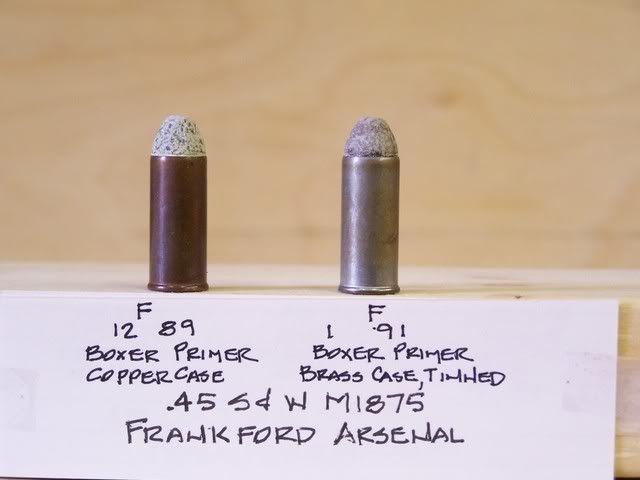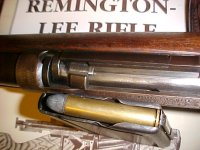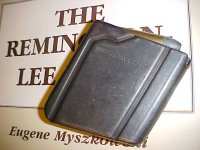Bob Wright
New member
I haven't seen mention of one important aspect: ammunition supply.
Supply was not what it is today, wagon trains of ammunition were slow, and getting it through channels even slower. One of the major objections as repeating weapons came into vogue was the "waste of ammunition" by the individual soldier.
Railroads were still fairly new, and the iron rails short-lived with accidents frequent, with de-railings and track damage. Then, at some point, the ammunition had to be transferred from train to wagon. Roads were poor, often unpassable in rainy weather.
Simply put, rapid firing weapons could eat up ammunition faster than the supply chain could deliver.
Bob Wright
Supply was not what it is today, wagon trains of ammunition were slow, and getting it through channels even slower. One of the major objections as repeating weapons came into vogue was the "waste of ammunition" by the individual soldier.
Railroads were still fairly new, and the iron rails short-lived with accidents frequent, with de-railings and track damage. Then, at some point, the ammunition had to be transferred from train to wagon. Roads were poor, often unpassable in rainy weather.
Simply put, rapid firing weapons could eat up ammunition faster than the supply chain could deliver.
Bob Wright
Last edited:





